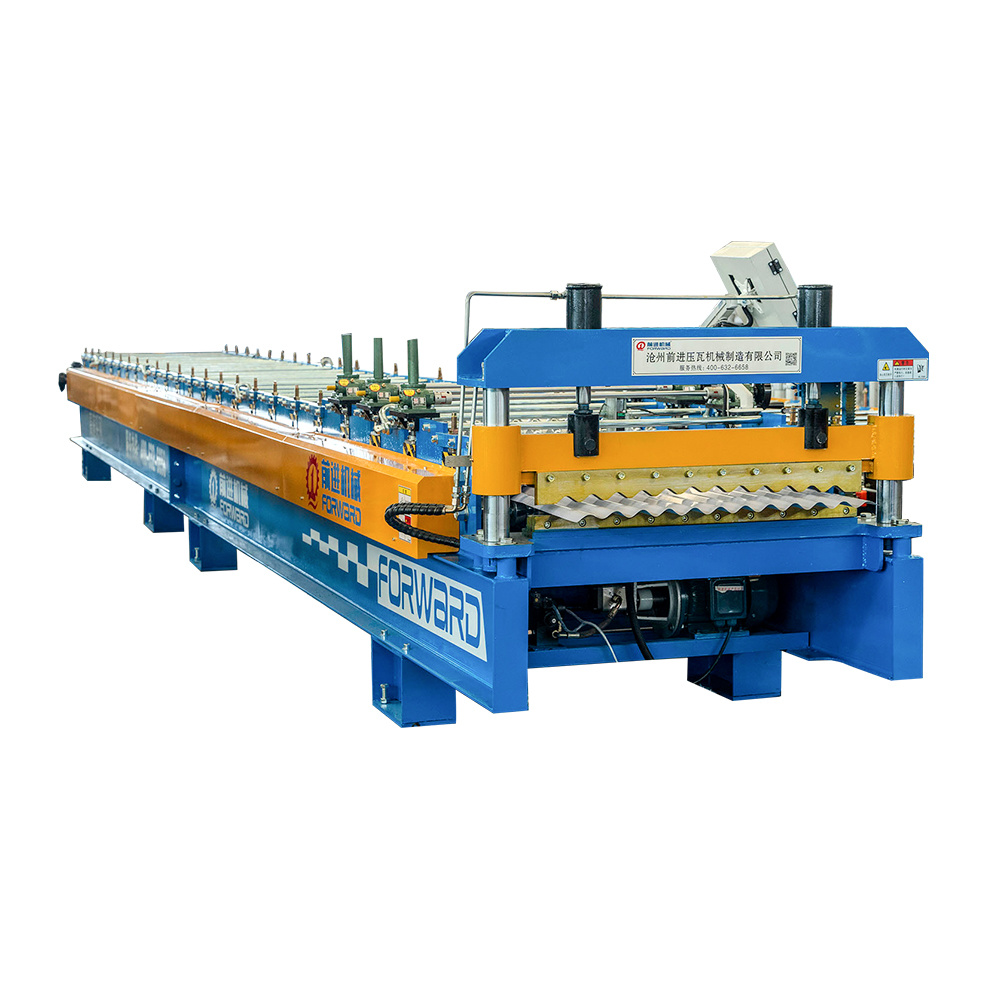Essential Safety Tips for Operators of Steel Frame Roll Forming Machines

Essential Safety Tips for Operators of Steel Frame Roll Forming Machines
Operating a steel frame roll forming machine requires a deep understanding of the equipment, a commitment to safety, and adherence to best practices. In this article, we will delve into critical safety tips for operators of these specialized machines, ensuring not just compliance with regulatory standards but also the well-being of all personnel involved in the manufacturing process.
Table of Contents
- 1. Introduction to Steel Frame Roll Forming Machines
- 2. Understanding the Risks Involved
- 3. Pre-Operational Safety Checks
- 4. Personal Protective Equipment (PPE)
- 5. Operational Safety Practices
- 6. Machine Maintenance and Inspection
- 7. Emergency Procedures
- 8. Training and Competency for Operators
- 9. Conclusion
- 10. FAQs About Steel Frame Roll Forming Machine Safety
1. Introduction to Steel Frame Roll Forming Machines
Steel frame roll forming machines are essential in manufacturing a variety of structural components used in construction and other industries. These machines convert flat steel sheets into specific shapes by passing them through a series of rollers. While highly efficient, the operation of these machines presents several hazards that operators must be aware of. Understanding the machinery and implementing safety measures is vital for preventing accidents and ensuring a smooth workflow.
2. Understanding the Risks Involved
Before operating a steel frame roll forming machine, it’s crucial to comprehend the potential risks involved. Some of the common hazards include:
- Mechanical Hazards: Moving parts can lead to crush injuries if operators are not cautious.
- Electrical Hazards: Improper wiring or malfunctioning equipment can result in electric shocks.
- Noise Hazards: Prolonged exposure to high noise levels can cause hearing loss.
- Material Handling Risks: Heavy materials can cause musculoskeletal injuries if not handled ergonomically.
3. Pre-Operational Safety Checks
Before starting any operation, conducting a thorough safety check is fundamental. Here’s a checklist for operators:
- Visual Inspection: Check for any visible signs of wear, damage, or misalignment on the machine.
- Safety Guards: Ensure that all safety guards and shields are in place and functioning correctly.
- Emergency Stops: Test emergency stop buttons to verify they are operational.
- Fluid Levels: Confirm that hydraulic and lubrication systems have adequate fluid levels.
- Electrical Connections: Inspect electrical connections for any fraying or loose connections.
4. Personal Protective Equipment (PPE)
Wearing appropriate PPE is one of the most effective ways to prevent injuries. Operators should always wear:
- Safety Glasses: To protect against flying debris.
- Hearing Protection: Such as earplugs or earmuffs to mitigate noise exposure.
- Steel-Toed Boots: To protect feet from heavy materials.
- Gloves: Cut-resistant gloves can help when handling sharp materials.
- Hard Hats: When working in areas where overhead hazards may exist.
5. Operational Safety Practices
Adhering to operational safety practices helps minimize risks during the manufacturing process. Here are some vital practices:
- Training: Only trained and authorized personnel should operate the machines.
- Stay Alert: Operators should remain attentive and avoid distractions during operation.
- Follow Procedures: Always adhere to the machine's operational guidelines and standard operating procedures (SOPs).
- Lockout/Tagout: Implement lockout/tagout procedures during maintenance to prevent accidental machine startups.
- Keep Work Areas Clean: A clutter-free workspace reduces trip hazards and enhances operational safety.
6. Machine Maintenance and Inspection
Regular maintenance and inspections are crucial for the longevity and safe operation of steel frame roll forming machines. Operators should:
- Schedule Regular Maintenance: Follow the manufacturer’s maintenance schedule diligently.
- Log Inspections: Maintain a log of inspections and maintenance activities to track machine performance.
- Replace Worn Parts: Timely replacement of worn components can prevent machine failure and accidents.
- Keep Spare Parts Handy: Having spare parts readily available minimizes downtime in case of breakdowns.
7. Emergency Procedures
Even with all safety measures in place, emergencies can still occur. Operators must be prepared to act swiftly. Essential emergency procedures include:
- Know Emergency Exits: Familiarize yourself with the layout of the facility and the locations of emergency exits.
- Emergency Contacts: Keep a list of emergency contacts readily available, including facility managers and medical personnel.
- First Aid Kits: Ensure first aid kits are accessible and stocked with necessary supplies.
- Regular Drills: Participate in regular emergency drills to practice evacuation and emergency response protocols.
8. Training and Competency for Operators
Ensuring that all operators are adequately trained and competent is critical to maintaining safety in the workplace. Training should cover:
- Machine Operation: In-depth training on how to operate the steel frame roll forming machine effectively.
- Safety Protocols: Understanding and implementing safety measures specific to the machinery.
- Hazard Awareness: Training on recognizing and mitigating workplace hazards.
- Emergency Response: Educating operators on how to respond to emergencies effectively.
9. Conclusion
In conclusion, operating a steel frame roll forming machine requires diligent adherence to safety protocols and best practices. By understanding the risks, conducting regular training, performing pre-operational checks, and maintaining the machines, operators can significantly reduce the chances of accidents. We encourage all operators to prioritize safety in their daily operations. Not only does it protect the individual, but it also fosters a more efficient and productive work environment.
10. FAQs About Steel Frame Roll Forming Machine Safety
What are the common hazards associated with steel frame roll forming machines?
Common hazards include mechanical risks from moving parts, electrical hazards from faulty wiring, noise exposure, and risks associated with handling heavy materials.
What personal protective equipment is essential when operating these machines?
Essential PPE includes safety glasses, hearing protection, steel-toed boots, cut-resistant gloves, and hard hats, depending on the specific work environment.
How often should steel frame roll forming machines be inspected?
Machines should be inspected regularly according to the manufacturer's guidelines and after any significant repairs or maintenance activities.
What should an operator do in case of an emergency?
Operators should know the emergency exits, have emergency contacts readily available, and participate in regular emergency drills to practice their responses.
How can operators stay updated on the latest safety practices?
Operators can stay updated by attending training sessions, workshops, and reading industry publications that focus on safety practices and advancements in technology.
By implementing these safety tips and practices, operators can create a safer working environment while increasing the efficiency and reliability of steel frame roll forming operations. Regular assessments and a proactive approach to safety can lead to significant improvements in workplace safety culture.
Key words:
recommend News
Share



